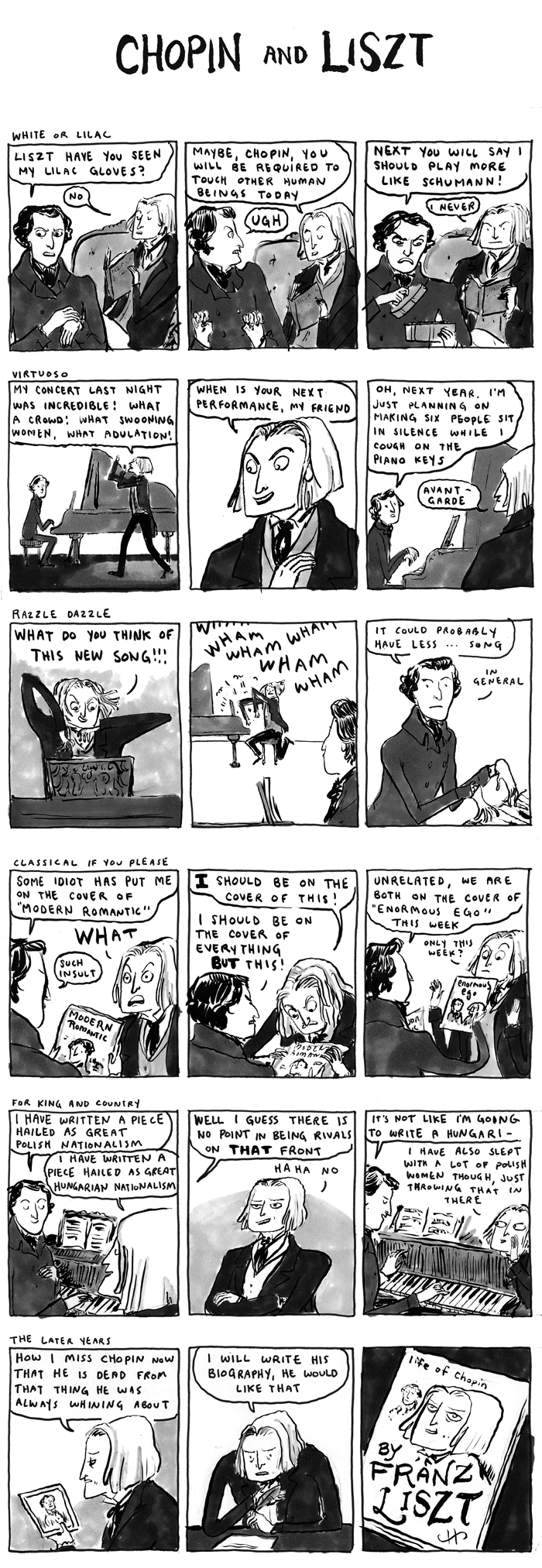
Madame de Pompadour!
If you haven't guessed by my self-indulgent punning, this is a review of the excellent Doctor Who episode, "The Girl in the Fireplace." Now, granted, this episode of Doctor Who came out a few years ago, but the Amateur Historian has only gotten into the series relatively recently and, for a while, was too caught up in the epicness of David Tennant's Doctor to think, "Gee, this episode takes place during the 18th century, maybe I should review it!"
Now, for those of my Gentle Readers unfamiliar with this British invasion from outerspace, the Doctor is a Time Lord, a race of aliens who control time and travel through time and space as it suits them. The Doctor generally has human companions and generally goes around being a Big Damn Hero all the time. Well, most of the time.
He is in this episode, at least.
Now, the Doctor and his two companions, Rose and Mickey, find themselves on a spaceship in another galaxy in the very far future. Grimdark!sci-fi right? Wrong! There is an 18th-century French fireplace in the spaceship linked to the 18th century bedroom of Madame de Pompadour. The Doctor can't say no to such an intriguing anomaly and so leaps through the fireplace, where he meets a young Madame de Pompadour and notices the clock is broken.
Weird thing to notice really, but then one realizes that one still hears ticking.
Enter the clockwork robots dressed like Venetian masqueraders!

The Amateur Historian will not spoil the rest of the episode for her Gentle Readers, but the dialogue was witty and snappy, the plotting was excellent and the moral of the story is... bizarre in a very interesting way. I loved their portrayal of Madame de Pompadour as a confident, intelligent woman, every inch the Doctor's equal and am stunned at their apparently enormous costume budget. All those robes à la françaises? I really don't have a single snarky thing to say about this, which is... quite rare.
The Amateur Historian personally found the idea of clockwork droids terrifying and wickedly, awesomely period. During the 18th century, the aristocracy was all about the clockwork machines. (That was one thing Gothic actually got right. Huzzah for the Turkish mechanical woman credited on imdb!) At the Madame Tussaud's in London, one can even see a wax and clockwork reproduction of an 18th century court lady.
You can watch Louis XV and Madame de Pompadour get threatened by clockwork androids here. If you have a spare 45 minutes, I highly recommend clicking the link.


